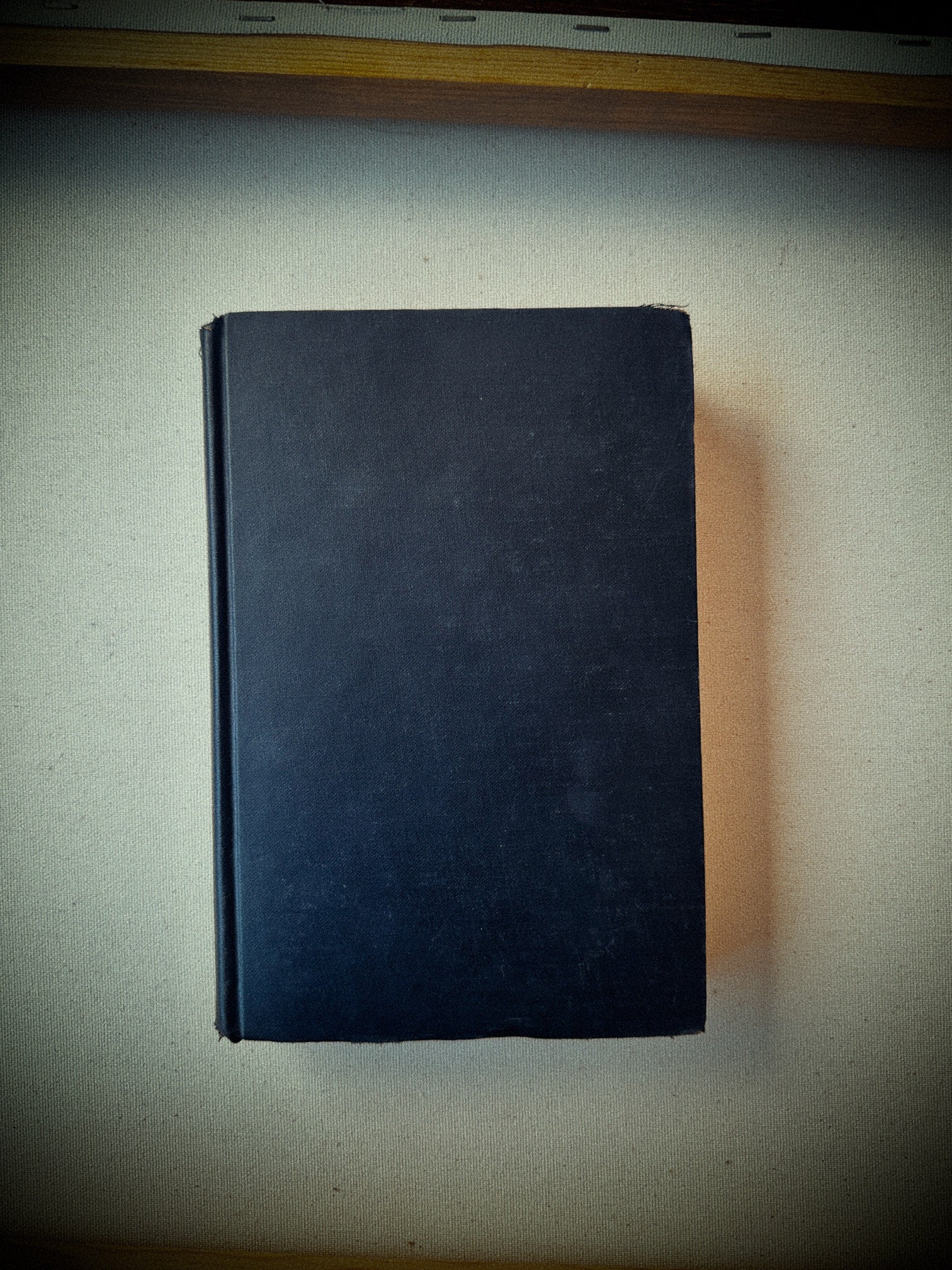
The Seven Storey Mountain – Thomas Merton (Harcourt, Brace and Company, New York, 1948 – Twenty-third Printing)
Description
Bound in plain black cloth with gilt lettering along the spine, this mid-century edition carries a sober, almost monastic restraint in design, echoing the subject matter of its author. The boards are worn but sturdy, with some fraying at the crown and tail of the spine. The interior shows clean typography on cream-toned paper, with minor foxing consistent with a book that has seen decades of careful reading. This copy, published as the Twenty-third Printing in 1948, reflects the massive popularity the work achieved almost immediately upon its first release.
History & Interest
Thomas Merton (1915–1968), a Trappist monk of the Abbey of Gethsemani in Kentucky, became one of the most influential Catholic writers of the 20th century. The Seven Storey Mountain, his autobiography, recounts his restless youth, conversion to Catholicism, and eventual monastic calling. Upon release in 1948, the book was an instant bestseller, striking a deep chord with postwar readers searching for meaning in the wake of global upheaval. It remains a classic in spiritual literature, often compared to Augustine’s Confessions. The popularity of the text ensured dozens of printings in its early years—this copy is a product of that first wave of influence.
Age
Published in 1948, this book is now 77 years old (as of 2025). Its multiple printings within the same year underline its historical significance as a cultural and religious phenomenon of mid-20th century America.
Obscure Lore
Merton’s choice of title, The Seven Storey Mountain, references Dante’s Purgatorio and symbolizes the ascent of the soul toward God through struggle and purification. Early readers of this book often saw it as a spiritual call to action; many men and women entered religious life after reading it. Its impact was so profound that even secular critics recognized it as one of the most important autobiographical works of the century.
Modern Appeal
Today, Merton’s writings appeal not only to Catholics but also to readers interested in spirituality, philosophy, and social criticism. His voice is contemplative yet piercing, bridging the gap between tradition and modernity. Owning this book is to hold a piece of postwar spiritual history—an artifact of a time when questions of meaning and transcendence were at the forefront of cultural conversation.
